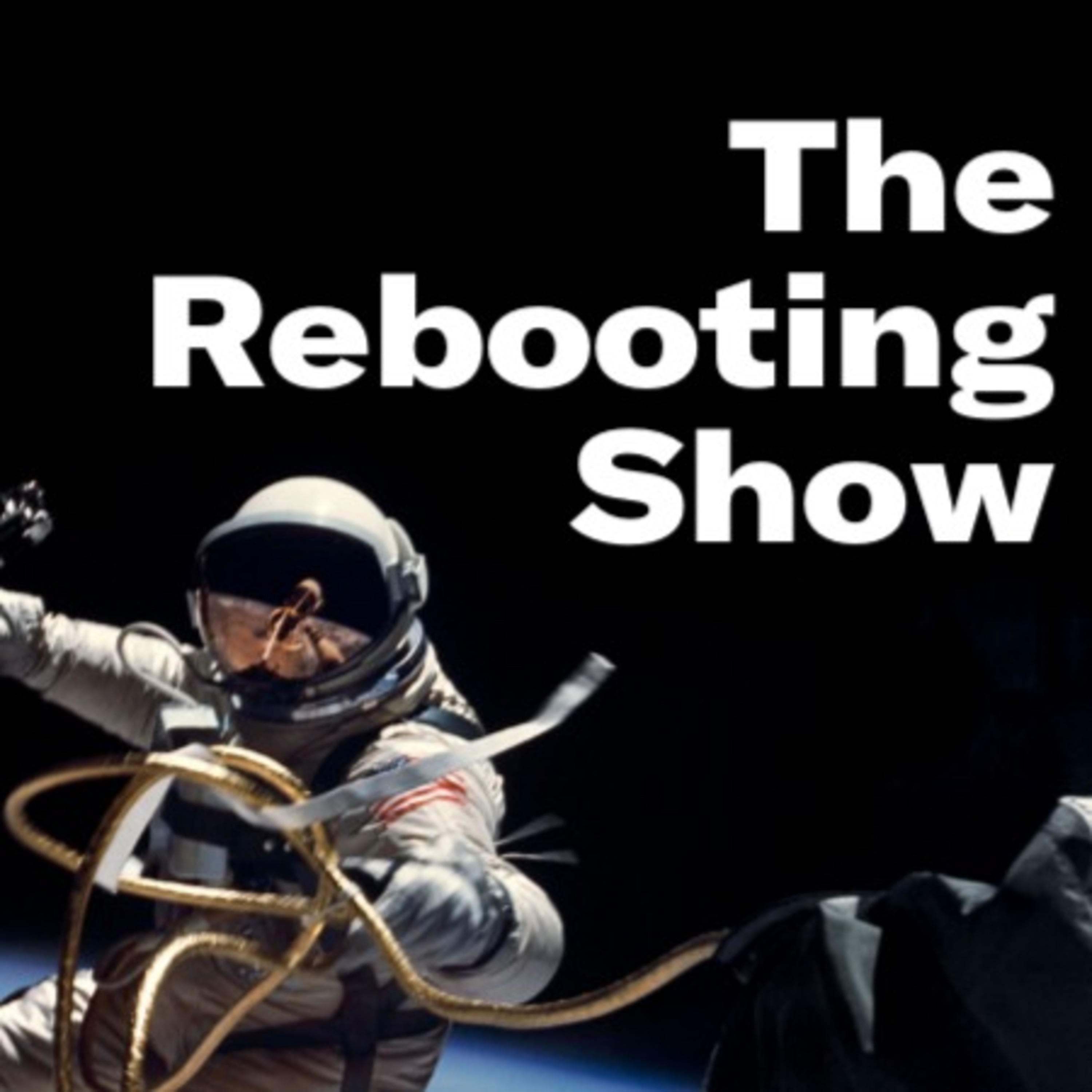Episode 72
Industry Dive's Sean Griffey's guide to sustainable media businesses
Thanks to Kerv for sponsoring this episode. To see Kerv's technology at work, check out Peacock's MustShop TV.
If you’ll be on the Cote d’Azur next month. The New Attention Economy, presented by Kerv, will have speakers from the Financial Times, Uber, Paramount, Havas and more. Let’s talk ‘Active Attention’ Economy at Cannes Join us for three days of exclusive thoughtful conversations and cocktails with the industry’s best to discuss the Attention Economy and the future of publishing, streaming, AI & creativity. Register here.
Last week, I traveled to Washington DC to record a podcast with Sean Griffey, CEO of Industry Dive. I’ve known Sean and Industry Dive a while, mostly because two of its 33 publications – Marketing Dive and Retail Dive – were in areas in which my previous companies had publications. Sean was also the rare media CEO who would come onto my podcast and not rattle off a bunch of talking points. The big numbers he talked about weren’t Facebook video views of ComScore uniques ginned up through traffic assignment schemes. He spoke about revenue and, imagine, EBITDA.
Industry Dive went on to be bought not once but twice. First in a transaction to growth equity firm Falfurrias Capital in 2019 and then last year in a deal to events giant Informa last year that Axios reported put an enterprise value on Industry Dive of $525 million. That would make Industry Dive’s value at over two Vices and five BuzzFeeds.
What Industry Dive got right is something I covered after the Informa deal. I was long impressed by Sean and Industry Dive’s management ability to stay focused and disciplined in their business model. It helped that Industry Dive didn’t raise venture capital. Constraints can be good. It meant focusing on what was working, notably newsletters and being good at putting first-party data to use for B2B marketers.
In B2B, the pull to do events – have you signed up for The Rebooting’s Cannes events yet? – is strong. That’s because B2B doesn’t have advertisers per se, but marketers. And B2B marketers serve to get their sales teams prospects. That leads many B2B publications to go heavily to events. Industry Dive skipped events because it was very good at building publications in high value industries with tons of regulation and tech-driven change and acting as a critical marketing partner. That isn’t revolutionary. But it’s hard to execute.
Another aspect that impressed me about what Industry Dive did was it executed its playbook not once but across multiple industries. It didn’t wait until it perfected its playbook in one industry, because as Sean told me, you will perpetually put it off because you’ll never feel like you’ve gotten there. Building a leading publication in a single industry is hard but also has a fairly low ceiling, if you’re trying to build a big company. (I tend to think more people should be OK building a great company that’s smaller and skip the lure of massive exits.) Industry Dive was able to pull that off.
And finally, I think there’s something to be said about how Sean and his team went about building their work without all the PR nonsense. I hope of the many things that are left behind from the previous era, it’s the out of whack ratio between sizzle and steak. Fake it till you make it always struck me as a terrible strategy. Ask Ozy.
